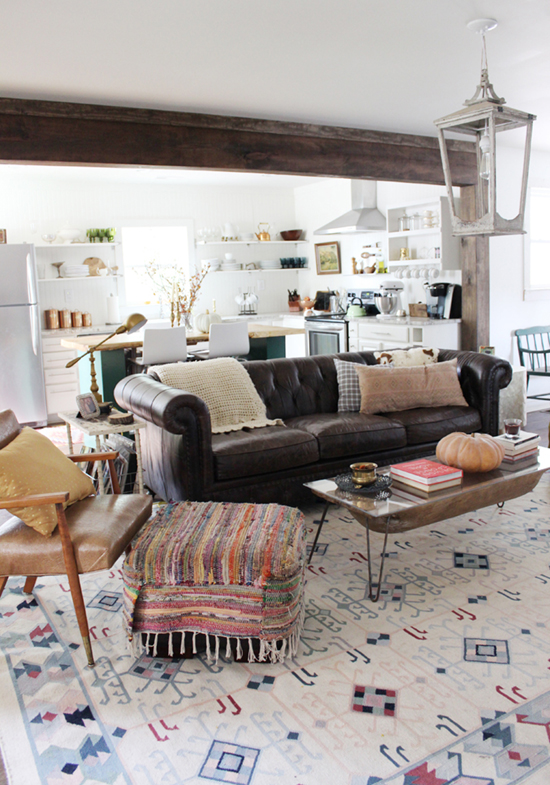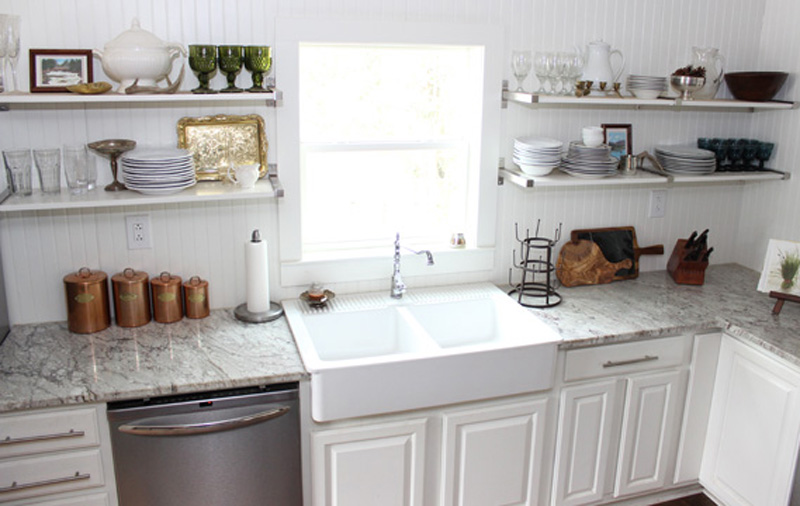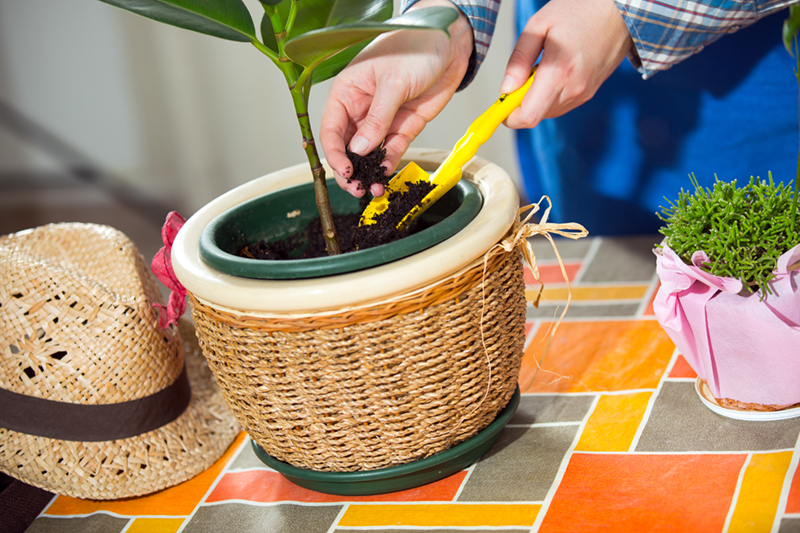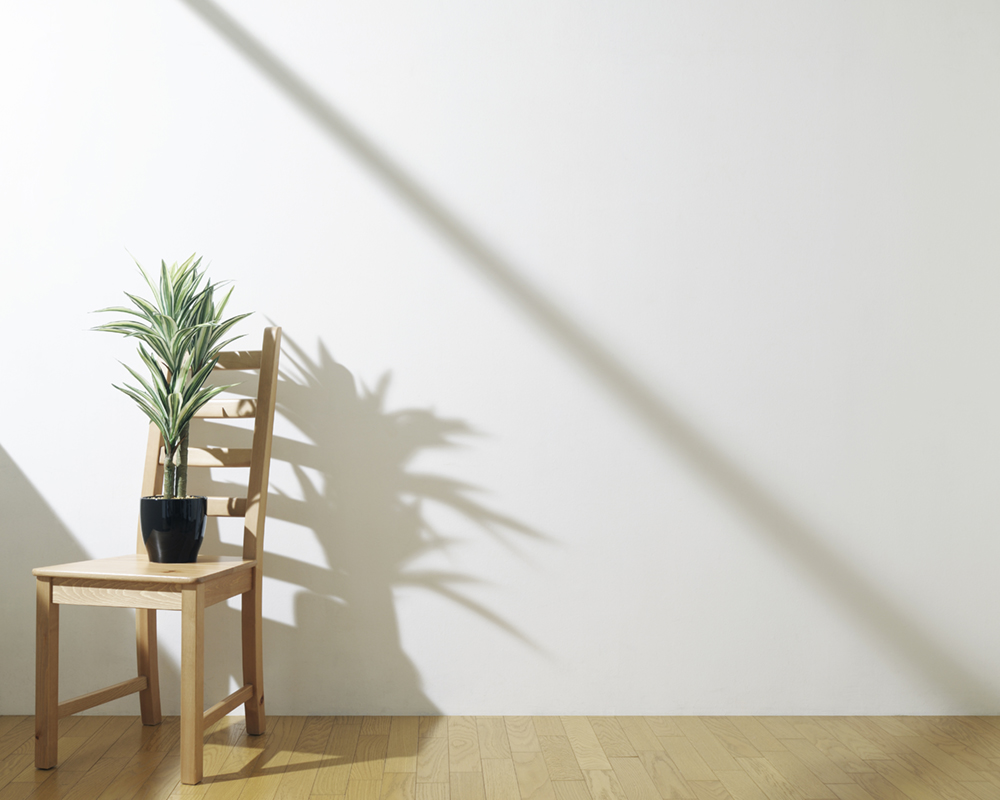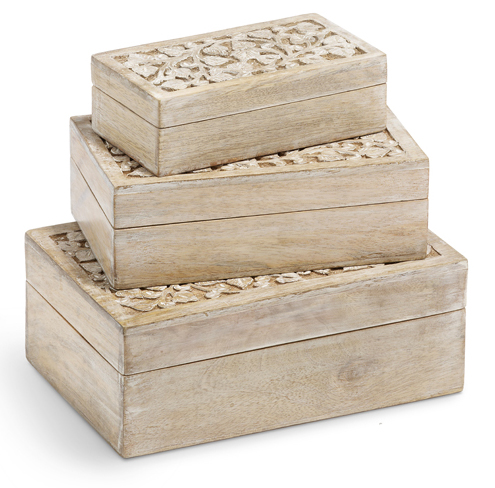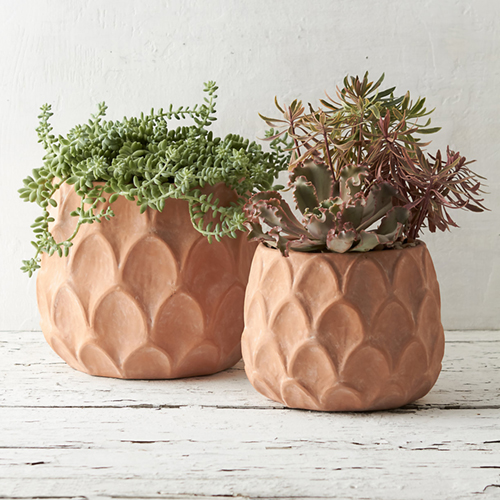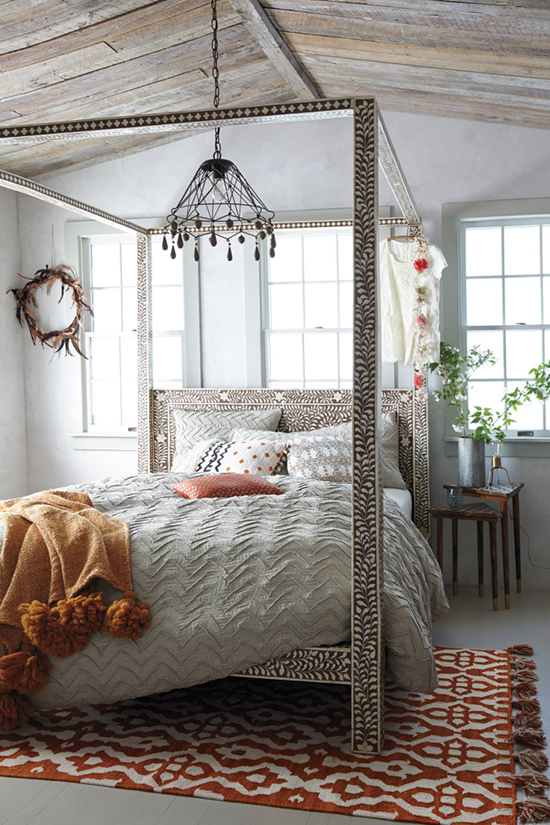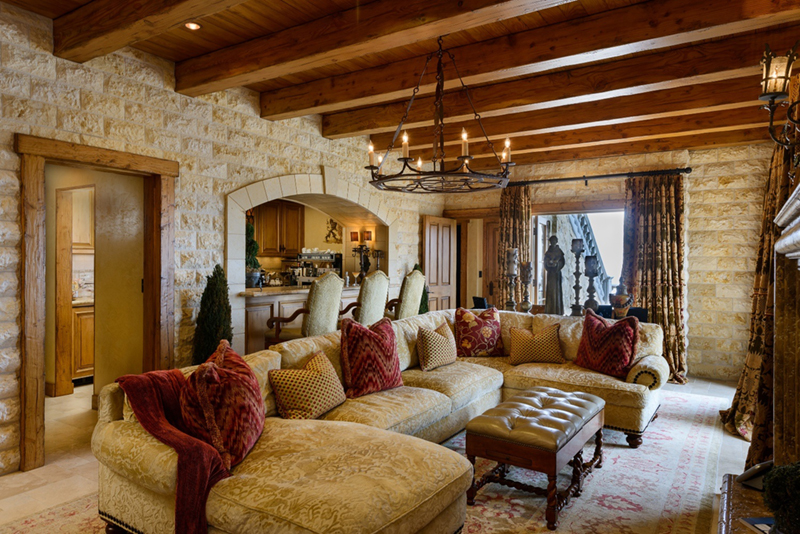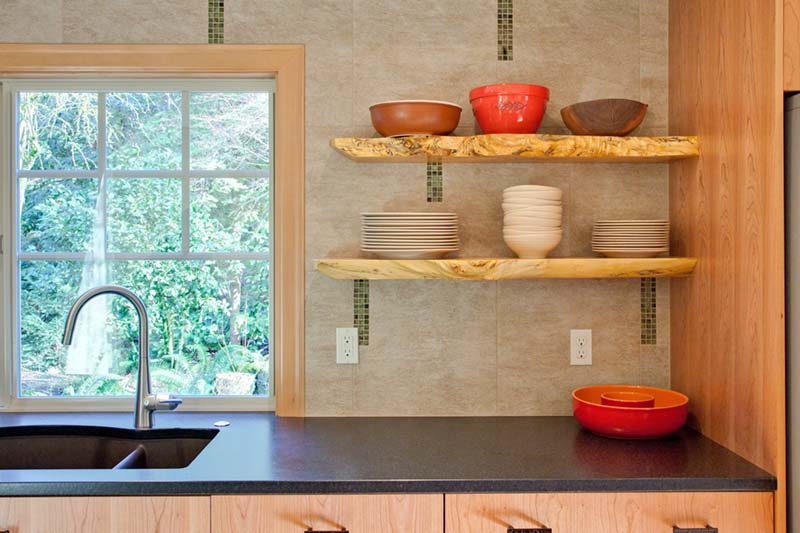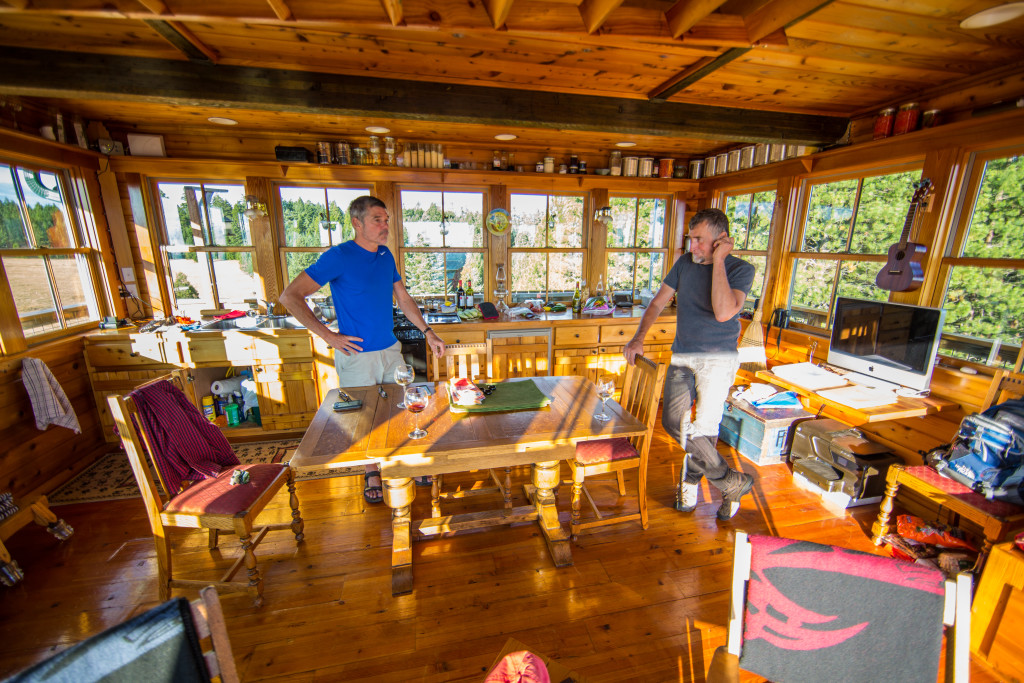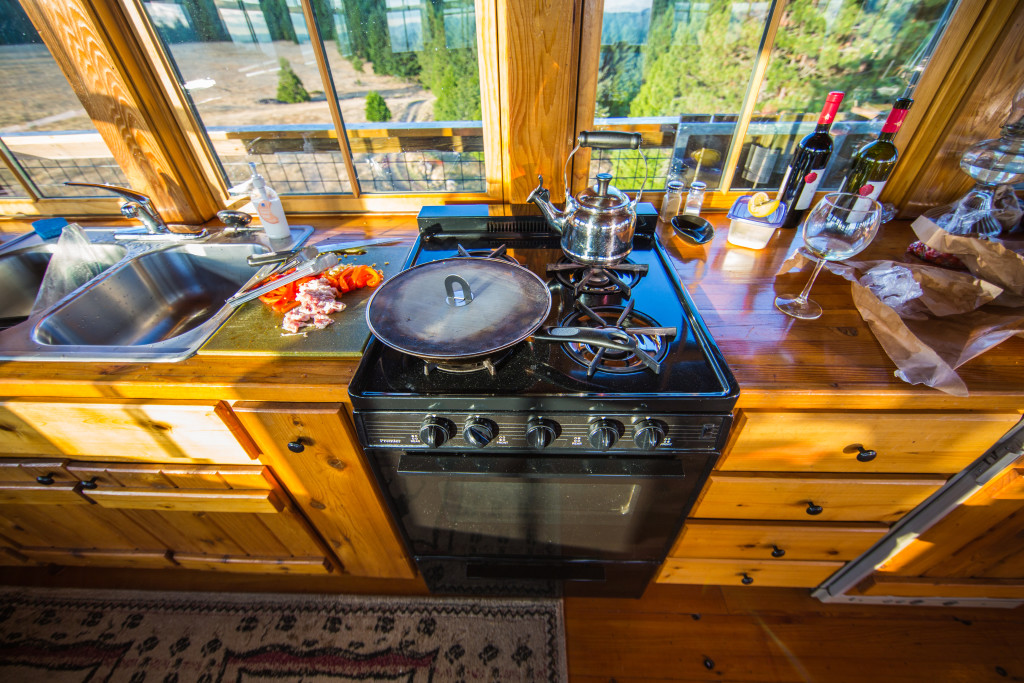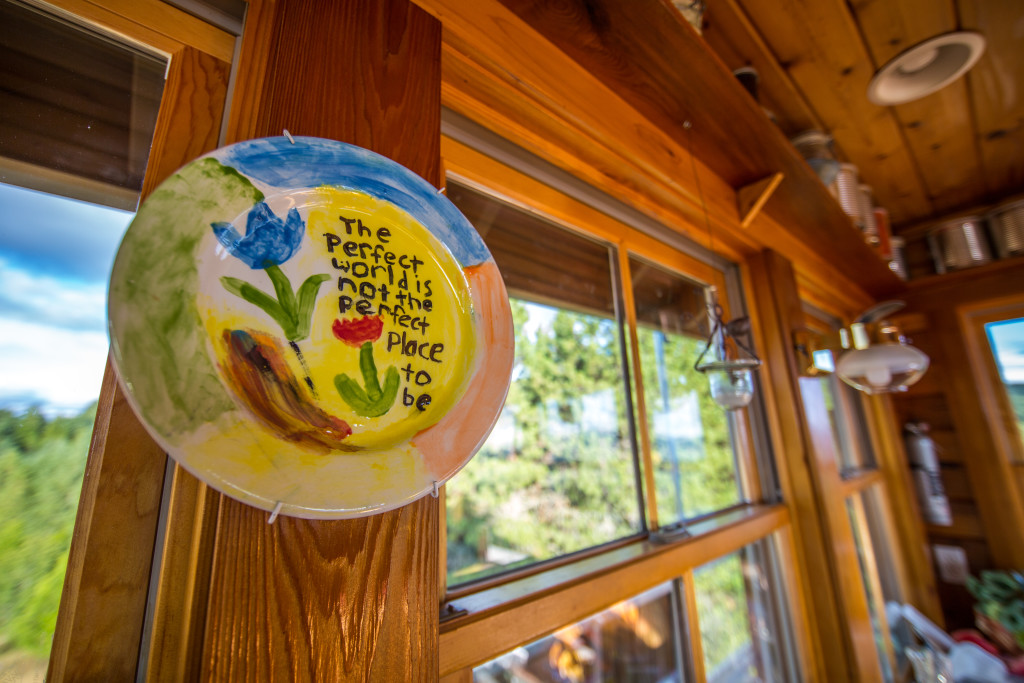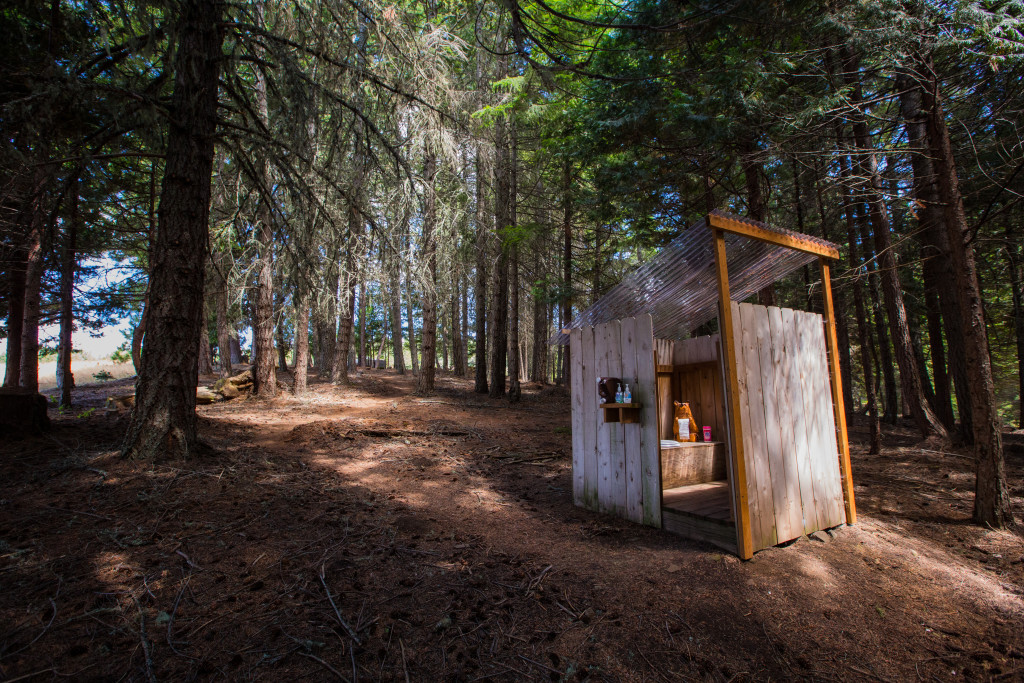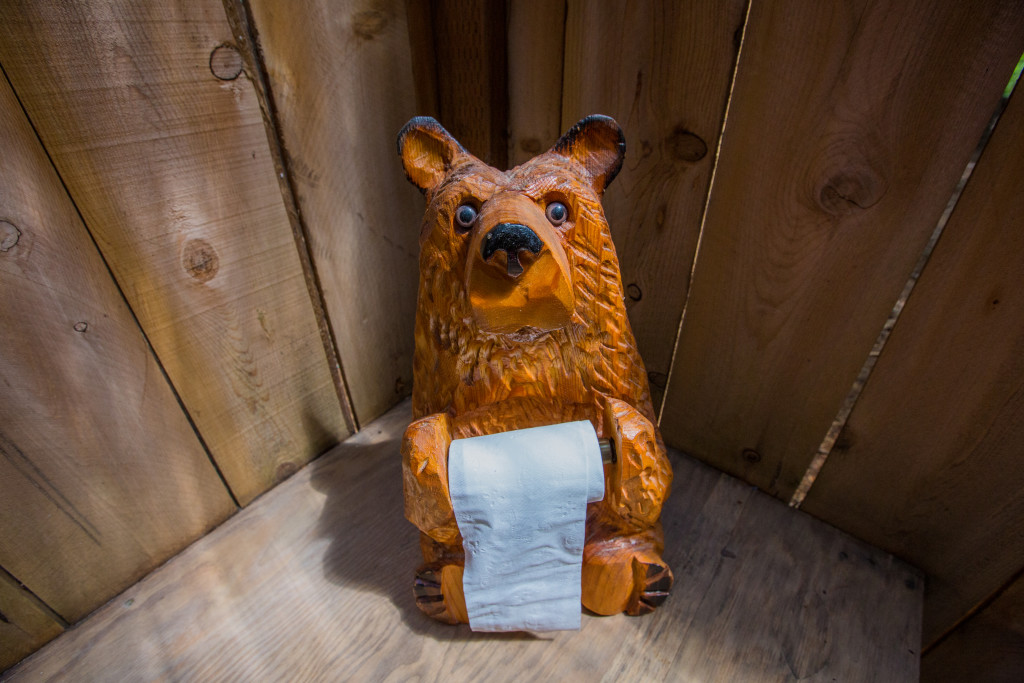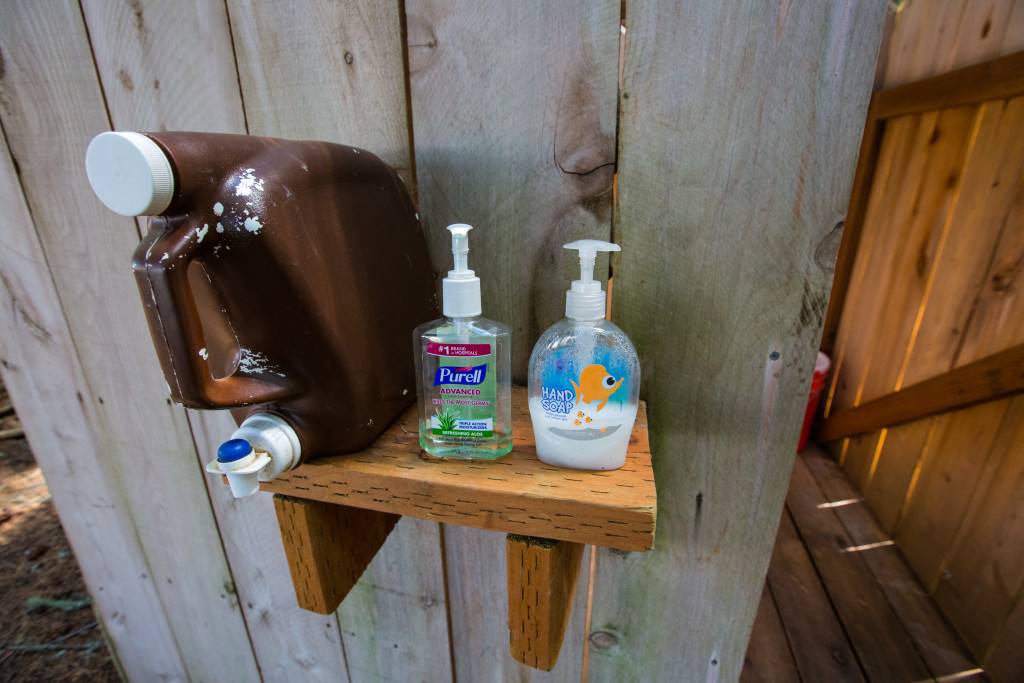In a strong market, if a home is priced right and shows well, it should sell within the first six weeks. If it doesn’t, many sellers become frustrated, especially if their agent begins pushing for a price reduction.
It’s a common rub: the seller thinks the agent just wants a quick sale, but the agent sincerely wants to help the seller get action. Agents understand that a listing loses momentum and excitement soon after being listed. Buyers will think of a home as stale, tired, or flawed if it sits on the market too long. Here are some ways to get more traction if your home is not generating offers.
Location, price and condition are key
You can’t change your home’s location, but you do have some control over the other two important buyer considerations. If the home is still sitting on the market after a few months, and especially if it has had no showings or offers, you need to look at the price and the condition.
You have two big choices to make if you are ready to sell. The first is to take the home off the market and make some changes, such as staging, de-cluttering, and altering the look of the kitchens and bathrooms.
If you are getting specific feedback about one part of the home, change it. A few months off the market will ensure that, when it comes back on, there will be a new set of buyers taking a look at your fresh listing.
If you are unwilling to make the needed changes to the home, the other option is to reduce the price. I recently visited with sellers who built a brand new beautiful home with excellent finishes and fixtures. But after four months, they only had two showings, and in a market where homes were selling with multiple offers within weeks.
The issue was the location. It was the absolute best home on a very tough block, and the setting was not private. In this case, the sellers had no choice. There was no moving or improving the house. The only option was to drop the price.
The sellers opted to take the home off the market and rent it because they were not ready to sell at the recommended price.
Make sure you and your agent are on the same page
If you and your agent don’t see eye-to-eye on the pricing or sales strategy prior to listing, it might be time to find another agent.
You want an agent who has your back and who is on the same page as you. Without that synergy, you could be in for unnecessary conflict six weeks in.
Discuss your intentions with your agent upfront, and listen to her feedback. A price reduction or low offer shouldn’t come as a surprise. But if the home isn’t selling, and the seller wants to see action, a good listing agent will ask for offers, follow up with interested parties, and let them know that the seller wants to sell. Reducing the listed price may not be necessary if there’s a buyer who understands that the seller will entertain an offer below the asking price.
You may have to see firsthand how the market works. If you list your home at a lower price than you’re comfortable with, you may be sorry if you get offers right away. But if you price it higher and don’t get any response after some time, then you will see the market speak for itself. I’d much rather have seller clients in the latter situation than the former.
Every scenario is different, and it’s so important to work with an agent who is in synch with your strategy and can help you adapt to your market.
Related:
- 4 Tips for Selling a Home Far Away
- Are You Really Ready to Sell Your Home?
- Ready, Set, Sell: 3 Strategies for Getting Your Home Off the Market Fast
Note: The views and opinions expressed in this article are those of the author and do not necessarily reflect the opinion or position of Zillow.
from Zillow Blog - Real Estate Market Stats, Celebrity Real Estate, and Zillow News http://www.zillow.com/blog/what-to-do-if-your-home-wont-sell-182717/
via Reveeo
 Tracy Morgan’s going to be living every week like it’s Shark Week - in his new manor with his new wife.
Tracy Morgan’s going to be living every week like it’s Shark Week - in his new manor with his new wife.
